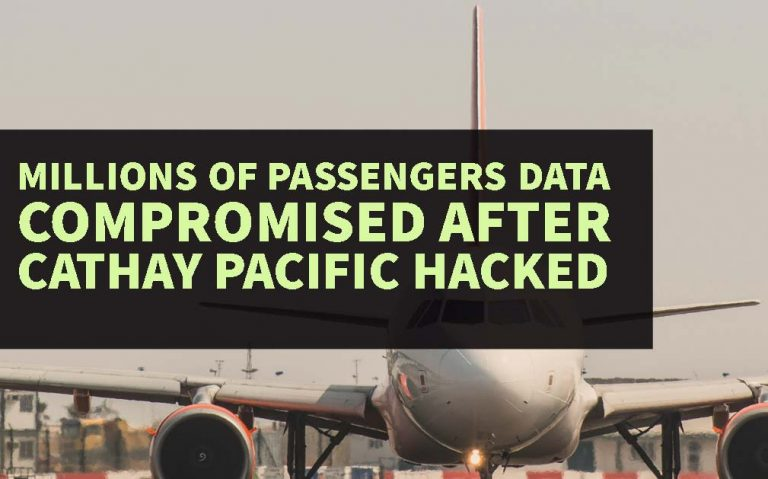9.2

For this discussion I decided to talk about the weather hazard that I thought would pose the greatest threat to aviation, which being thunderstorms. It is impossible for small planes to fly over thunderstorms as they do not have the ability to fly that Hight and flying under can cause major damage or scary flight situations. So, the best way to stay safe in a thunderstorm situation is to fly around it. Thunderstorms in their most mature part of their stages, will consist of violent winds. Causing turbulence to any plane flying through them. They also come with hail or rain causing damage to the aircraft or making the runway slippery and unsafe to land. Thunderstorms can form at random in areas of unstable air or can take hours to form, so watching the radar closely before going on your flight is the best thing to do. Tornados can be a result of thunderstorms as well. with winds inside the tornados reaching up to 200 knots no plane would want to be caught up in that. Also, if a to...





